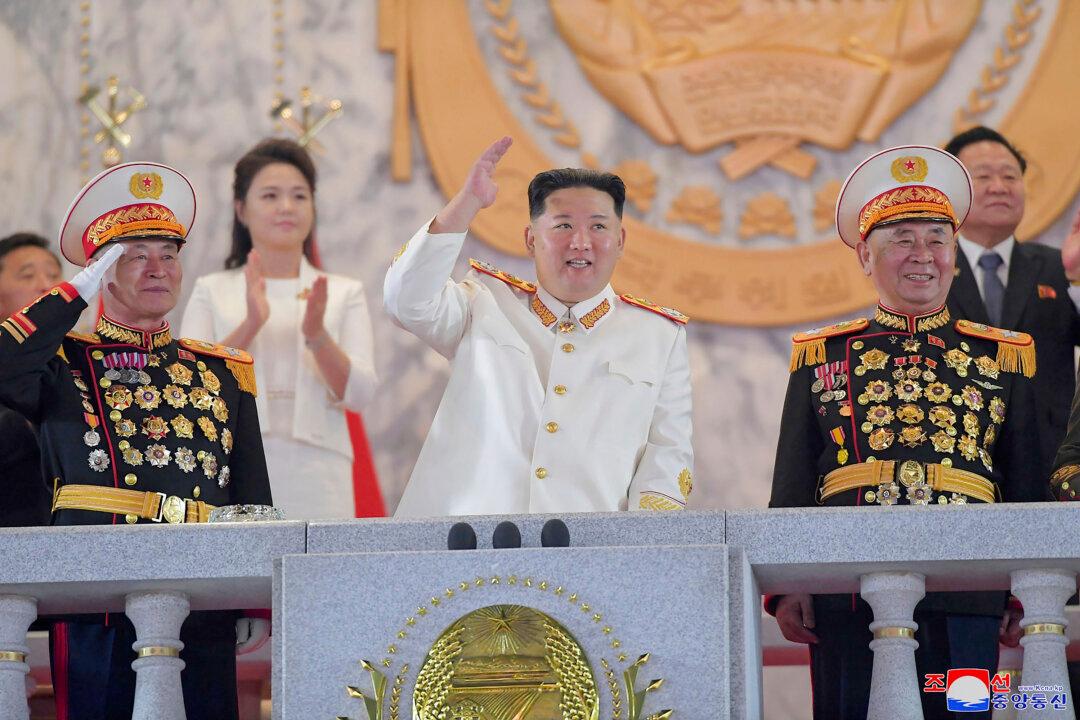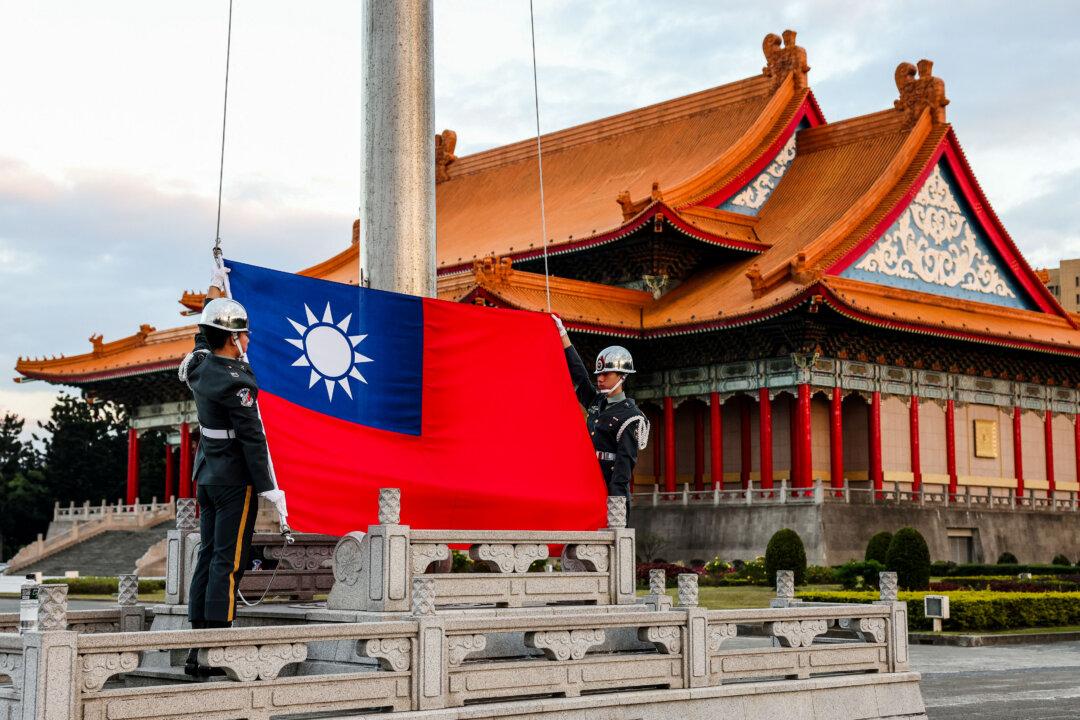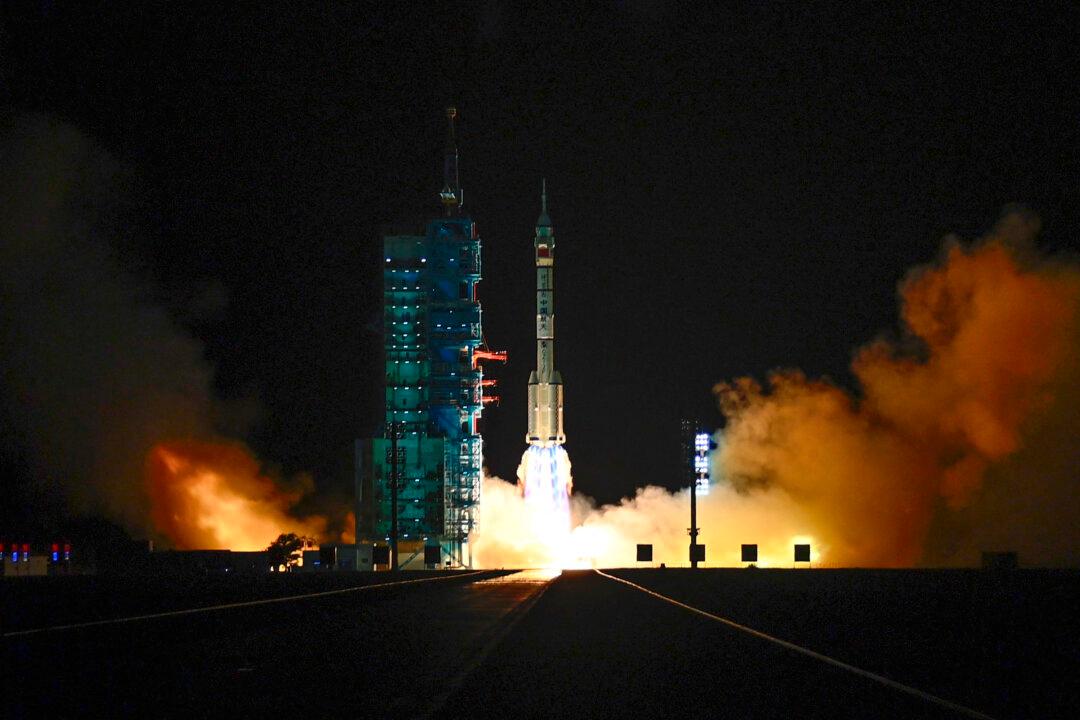News Analysis
In recent months, North Korean leader Kim Jong Un has engaged in a series of actions that mark a significant departure from previous policies and rhetoric. These actions include an increase in missile tests, a stark redefinition of South Korea as an adversary, and symbolic gestures such as the proposed removal of language promoting “peaceful reunification” and “national grand unity” from the constitution.





